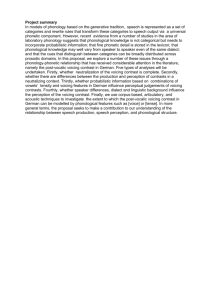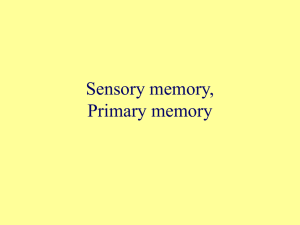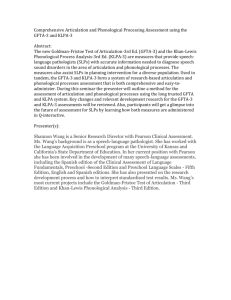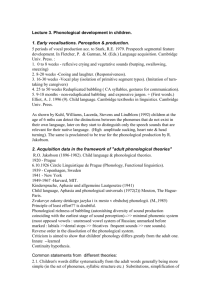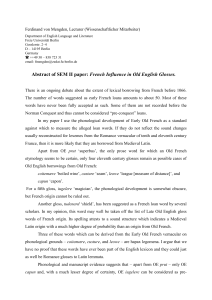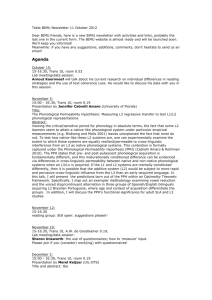KLPA-2 Phonological Process Assessment Form
advertisement
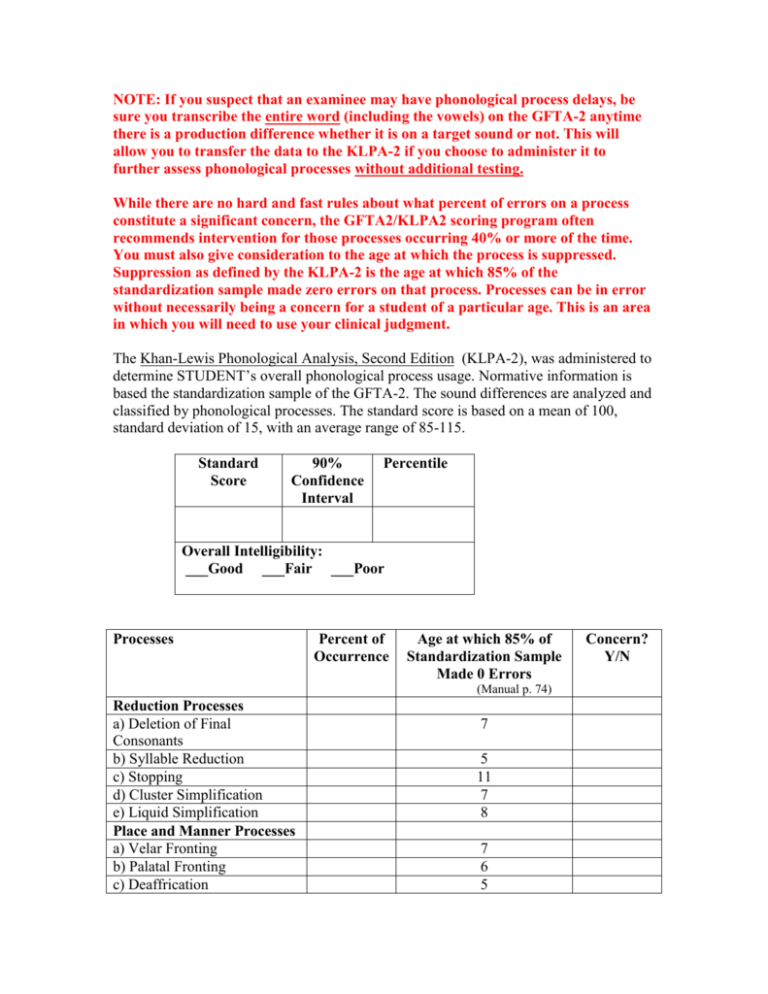
NOTE: If you suspect that an examinee may have phonological process delays, be sure you transcribe the entire word (including the vowels) on the GFTA-2 anytime there is a production difference whether it is on a target sound or not. This will allow you to transfer the data to the KLPA-2 if you choose to administer it to further assess phonological processes without additional testing. While there are no hard and fast rules about what percent of errors on a process constitute a significant concern, the GFTA2/KLPA2 scoring program often recommends intervention for those processes occurring 40% or more of the time. You must also give consideration to the age at which the process is suppressed. Suppression as defined by the KLPA-2 is the age at which 85% of the standardization sample made zero errors on that process. Processes can be in error without necessarily being a concern for a student of a particular age. This is an area in which you will need to use your clinical judgment. The Khan-Lewis Phonological Analysis, Second Edition (KLPA-2), was administered to determine STUDENT’s overall phonological process usage. Normative information is based the standardization sample of the GFTA-2. The sound differences are analyzed and classified by phonological processes. The standard score is based on a mean of 100, standard deviation of 15, with an average range of 85-115. Standard Score 90% Confidence Interval Percentile Overall Intelligibility: ___Good ___Fair ___Poor Processes Percent of Occurrence Age at which 85% of Standardization Sample Made 0 Errors (Manual p. 74) Reduction Processes a) Deletion of Final Consonants b) Syllable Reduction c) Stopping d) Cluster Simplification e) Liquid Simplification Place and Manner Processes a) Velar Fronting b) Palatal Fronting c) Deaffrication 7 5 11 7 8 7 6 5 Concern? Y/N Voicing Processes a) Initial Voicing b) Final Voicing 6 5 Additional Phonological Processes: Dialectical Influence: Dialectical influence was considered and was/was not the primary factor contributing to the errors STUDENT demonstrated. Analysis of phonological processing patterns indicates that STUDENT exhibits (reduction/place and manner/voicing) processes that are significant for the student’s age.
